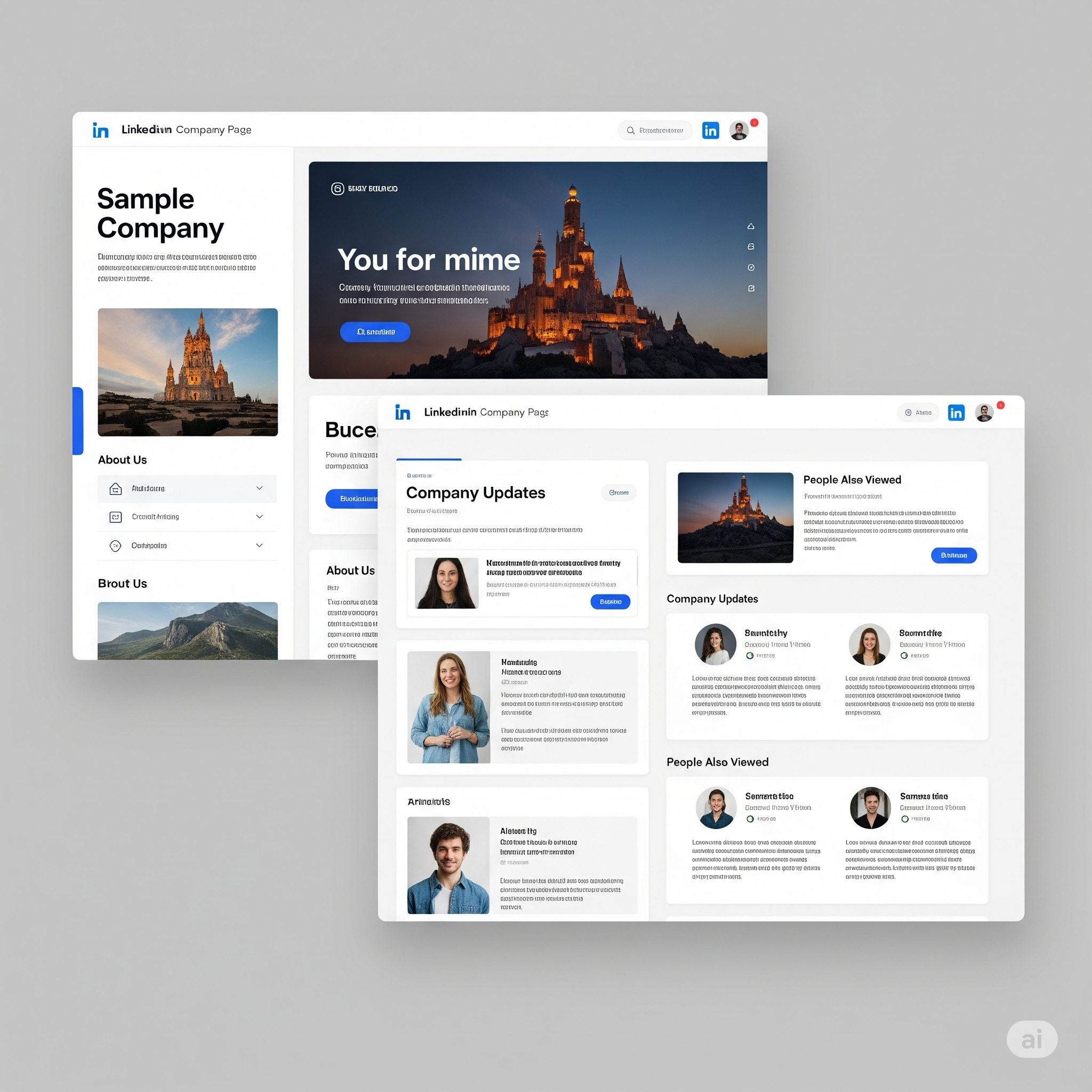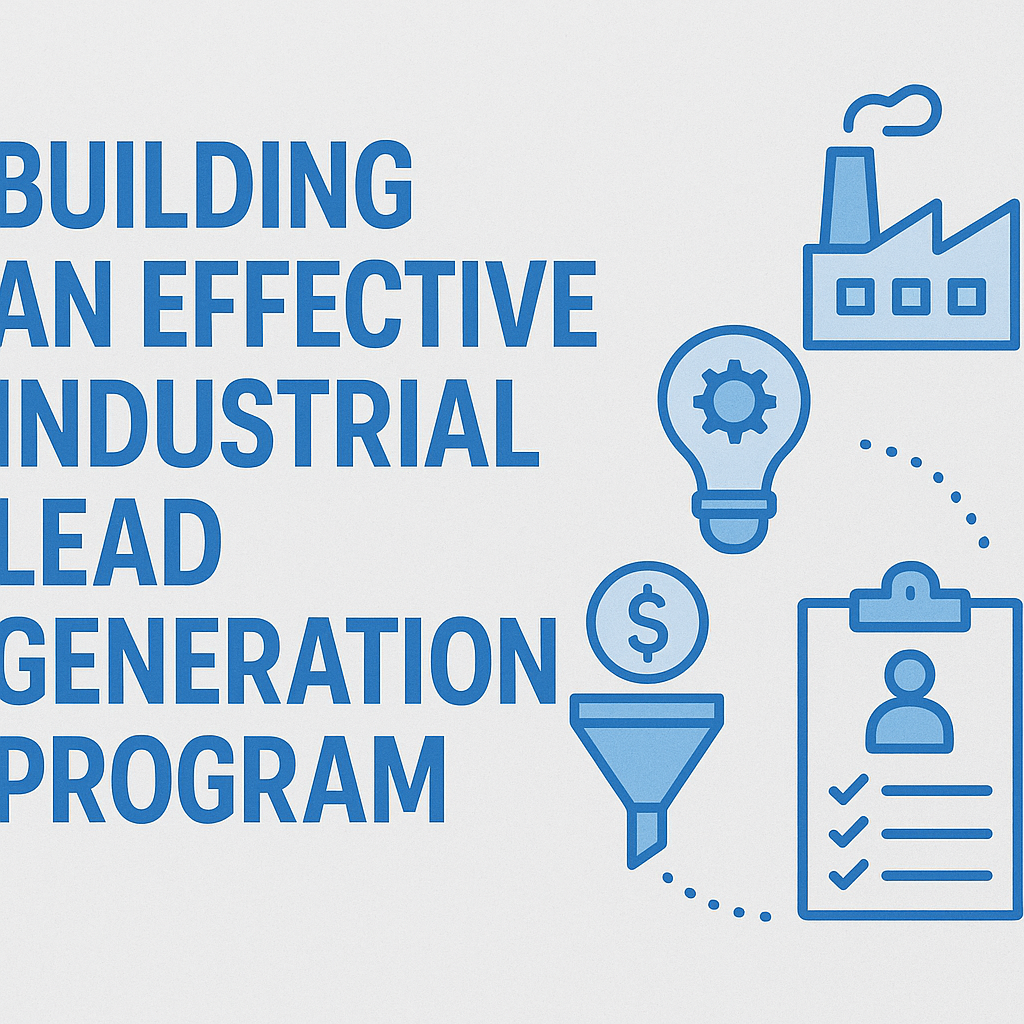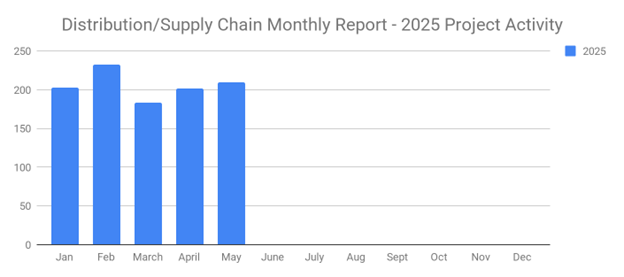
The length of your moving company's sales cycle can affect its level of success. A long sales cycle means you'll have to spend more time, energy and money communicating with prospects and nurturing them into customers. If you have a short sales cycle, on the other hand, you can sell to more customers using the same amount of resources.
While no two moving companies are the same, statistics show that a typical B2B sales cycle is four to seven months. In other words, it takes seven months from when the B2B company first communicates with the prospect to when he or she makes a purchase. If your moving company has a longer sales cycle, you should investigate the reason for it. Below are seven common reasons for a long sales cycle.
#2) Not Discussing Price During the Initial Call
Some moving sales reps are hesitant to discuss a product's or service's price during the initial call with a prospect, fearing that it could drive the prospect away. According to HubSpot, however, nearly 60% of B2B buyers prefer to discuss pricing during the first call. By mentioning the price of your moving company's product or service, you'll weed out prospects with a smaller budget or prospects that are price shopping, allowing you to focus your sales efforts elsewhere.
#3) Waiting Too Long for Follow-up's
You may not convince a prospect to make a purchase during the initial call, which is why it's important to follow up with prospects. If a prospect expresses interest in your product or service but isn't ready to make a purchase yet, you should schedule a follow-up meeting. With that said, waiting too long between the initial conversation and the follow-up could result in a longer sales cycle. Unless otherwise requested by the prospect, you should schedule followups for one to seven days from the initial conversation.
#4) Sending Emails at Night
Studies have shown that emails sent during the morning hours are more likely to be opened and read than emails sent during the nighttime hours. If you try to contact prospects at night using emails, you may struggle to generate sales. Office or company relocation buyers are more active during the morning, making this the ideal time to send emails. You can experiment by sending sales emails at different times, but the morning hours usually work best. And when your emails begin to convert prospects into customers, your moving company will benefit from a shorter sales cycle.
#5) Not Getting Past the Gatekeepers
A common challenge encountered by moving sales reps is getting past the gatekeepers. Who are gatekeepers exactly, and how do you overcome them? In B2B sales, gatekeepers are receptionists and assistants who perform work on behalf of an executive. They are called "gatekeepers" because you'll encounter them when trying to reach the decision makers (executives) at a company. They hold the keys to reach the decision makers, but you'll have to convince them that your call is important and worthy enough to merit a direct contact with a decision maker. Otherwise, you'll fail to reach prospects with the authority to purchase your moving company's products or services.
Here are a few tips on how to deal with gatekeepers:
- Create a personal relationship with gatekeepers by asking for -- and addressing them by -- their name.
- Be concise and to the point. When you reach a gatekeeper, explain the reason for your call and why you need to speak an executive.
- Always perform calls manually; don't use an automated "robocall" service.
- If the relocating company has purchased from your moving company in the past, mention this when talking to the gatekeeper.
- Try calling at different times to see if an executive answers the phone instead.
- If a gatekeeper doesn't put you through to an executive, leave him or her your contact information so that the executive can return your call.
#6) Not Asking for Referrals
If you aren't asking your relocating customers for referrals, you are missing out on one of the easiest ways to shorten your moving company's sales cycle. According to one report, referrals are 70% more likely to yield a sale than a non-referred lead. It only takes a minute to ask a customer for a referral, but doing so could yield a stream of new sales for your B2B company. Assuming the customer was happy with his or her purchase, the customer may recommend your B2 company to a coworker, friend or family member.
#7) Performing All Sales Operations Manually
You shouldn't perform all your moving company's sales operations manually. There are tons of useful tools that can automate certain sales processes, thereby reducing the time it takes to convert prospects into customers. Email marketing software, for example, allows you to create an email schedule in which specific emails are sent to specific prospects on a specific date and time. Along with email marketing software, you can use customer relationship management (CRM) software to automate other sales and customer service processes.
#8) Not Communicating with All of the Right Players in the Decision Making Process
In a sales cycle, you may or may not know who all of the players are in the sales cycle which can make the sales cycle longer than necessary. One way to ensure you’ve identified all of the players is to look up the company name in SalesLeads’ Sales & Marketing Intelligent database. This will give you insights into the company along with contact names, titles, direct phone numbers, and email addresses. Now you’ll have a more strategic way of contacting the right titles that may be involved in the decision making process.
In addition, SalesLeads may have already reported on the company’s relocation. Open a free account to search for the Office Project Report. The Project Report will give you insights and the contact people along with names, direct emails and phone numbers to ensure you contact those directly involved with the relocation or move.
What to learn more? Get in Touch





